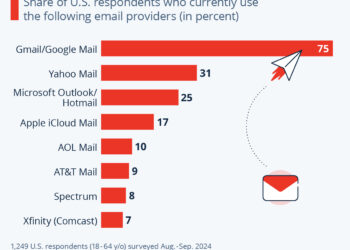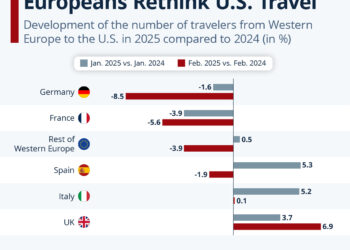Understanding "Eggflation" and the Surge in Food Prices
In recent times, Americans have become increasingly familiar with the phenomenon dubbed "eggflation." This term encapsulates the dramatic rise in egg prices that has taken many by surprise, reflecting a broader trend of escalating food costs in the United States.
The Significant Rise in Egg Prices
According to the U.S. Bureau of Labor Statistics, the average price for a dozen Grade A large eggs surged to an astonishing $4.95 last month, marking a significant increase from just $2.52 a year prior. This shocking rise translates to an overall increase of over 50 percent in egg prices within a single year. The stark contrast in egg pricing has led many consumers to take a double take while grocery shopping, reigniting conversations about the underlying causes of food price inflation.
Factors Behind the Skyrocketing Egg Prices
Bird Flu Outbreaks
One of the primary culprits behind the surge in egg prices has been a series of outbreaks of highly pathogenic avian influenza (HPAI). These outbreaks have resulted in severe disruptions to the egg supply chain in recent months. As reported by the U.S. Department of Agriculture, U.S. farmers were forced to cull approximately 21 million egg-laying hens in the first few weeks of 2025 alone. This change comes on the heels of the depopulation of more than 13 million hens in December 2024.
Supply and Demand Imbalance
The U.S. Department of Agriculture (USDA) has indicated that the "timing and scope of HPAI outbreaks" have led to significant imbalances in the supply of table shell eggs. In some regions, supplies have run critically short, while in others, they are only marginally adequate. The dynamics of supply and demand mean that even minor declines in egg supply can lead to substantial price spikes, further exacerbating the situation.
The Broader Impact of Food Inflation
Trends in Other Food Staples
While eggs have taken center stage in discussions about rising food prices, they are not alone in this inflationary tide. Other staple food items, such as coffee, sugar, and beef, have also seen considerable price increases over the past four years. This trend highlights a broader pattern where consumers face higher costs across various food groups.
Resilient Food Items
Interestingly, not all food items have been equally impacted by inflation. Products like tomatoes, bananas, and cheese have managed to maintain relatively stable prices despite global economic fluctuations. The resilience of these items serves as a contrast to the dramatic price increases seen in other areas, emphasizing the complexity of food markets and consumer behavior.
The Consumer Experience
As consumers navigate grocery store aisles, the reality of "eggflation" has tangible effects. Even dining establishments, such as Waffle House, have implemented surcharges for egg dishes, further illustrating the impact of rising egg prices on both consumers and businesses.
Investing in a dozen eggs has evolved into a costly commitment, leading to shifts in how families plan meals, shop, and budget for groceries in an era of escalating prices. The effects of these price changes resonate not only in household economics but also in the overall landscape of the U.S. food industry.
The situation continues to evolve as producers, consumers, and policymakers seek to understand and address the ongoing challenges posed by rising food costs and their underlying causes, particularly in light of the recurrent impacts of avian influenza on egg production.




